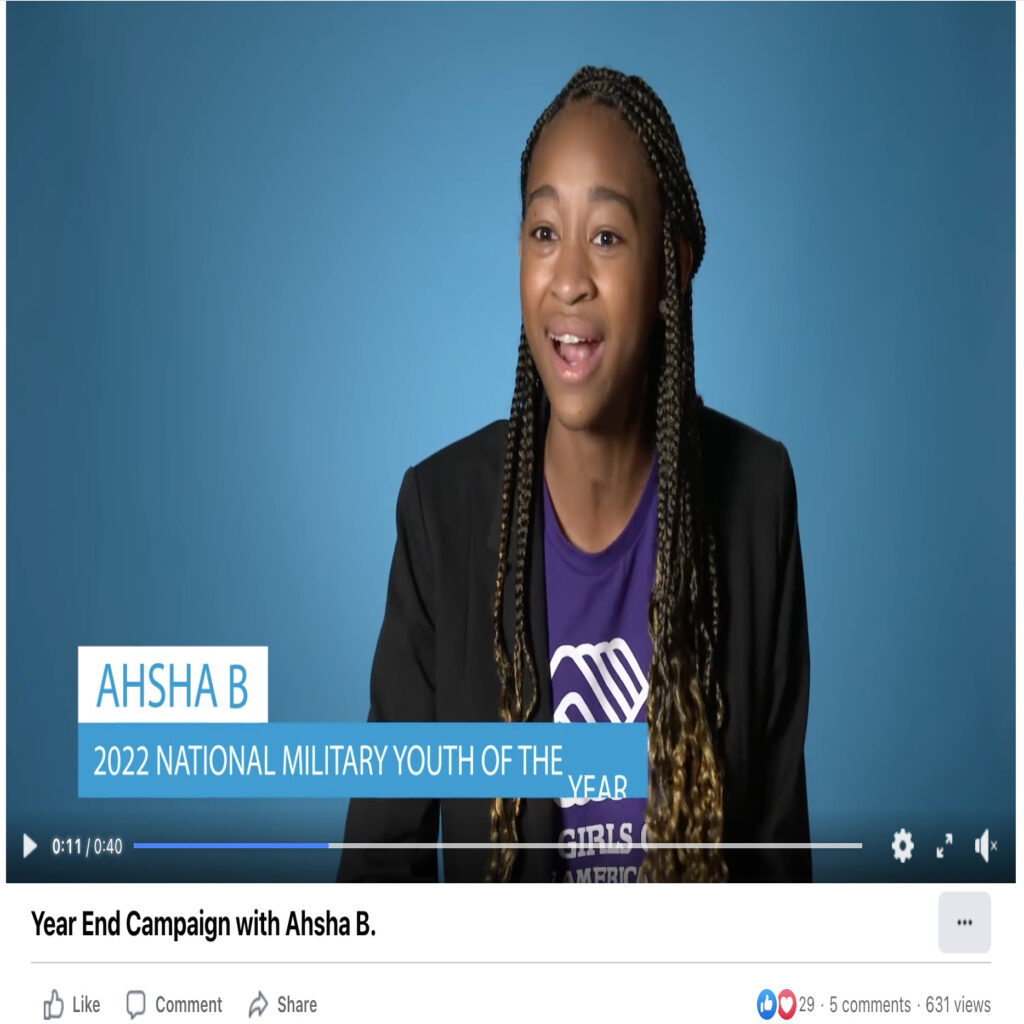If you’ve been following along with our blog for any amount of time, you’re likely quite familiar with the basics of strength-based communication. You might even consider yourself well-versed in strength-based dos, don’ts and best practices. Still, nothing compares to seeing strength-based communication in action. We last shared a roundup of strength-based communication examples way back in 2020, and a lot has changed since then. Notably, we’ve helped several large nonprofit organizations transition to a strength-based approach over the last three years, including Horizons National, Feeding America, Boys & Girls Clubs of America and Self-Help. It’s high time we highlight some of their recent strength-based work, as well as the strength-based communication examples of other organizations we admire. Here are just three of our recent favorites.
Feeding America: The Full Effect PSA
In 2023, Feeding America launched a new type of PSA campaign that is decidedly, unapologetically strength-based. The campaign, titled “The Full Effect,” was developed in partnership with Fluent360, and aims to “show when people are fed, futures are nourished, and individuals go from living, to truly thriving. Through short vignettes, the PSA shows the everyday joy of a child receiving a science fair award, and thriving as a working mom, to the bigger life achievements celebrating a graduation with family.” These vignettes are linked to the power of food to impact lives. The campaign was developed just as Prosper Strategies led the national organization through a strategic process to evolve all aspects of its brand and messaging to become more strength-based and centered on individuals experiencing food insecurity. It stands in stark contrast to more need-based Feeding America PSAs of the past such as the I Am Hunger campaign.
Year End Campaign Video with Ahsha B.

In 2022, Boys & Girls Clubs of America took a strength-based approach to its year-end campaign that came to life through videos that centered on its Youth of the Year award recipients. The video highlighted here introduces viewers to Ahsha B., a remarkable young woman who shares her vision for the future and the role her generation will play in it. “We’re in a world of change right now,” Ahsha says. “There are so many things going on in our society that require change…through art, music, poetry etc. That’s what my generation is going to bring to the table.” Focusing on the power and vision of young people who participate in Boys & Girls Clubs programs, rather than the challenges they face, inspires donors without risking stereotyping or othering.
World Vision: The Chosen Campaign
World Vision’s recent “The Chosen” campaign is notable because it completely flips the script on child sponsorship. Rather than asking donors to choose a child to sponsor, it puts the power to choose a sponsor in the hands of a child. This is more than just a communication device — at its heart, this campaign is a great example of the Shared Power philosophy at work. Yes, here are some language choices in this campaign that could certainly be more strength-based (ex: “Poverty steals choices from kids. Give those choices back and empower a child to take hold of their future for $39 a month”) but the overarching theme of the campaign is simply too good not to highlight.
What other strength-based communication examples have you come across lately? Or what has your organization done recently that you’re proud to share? Tell us about it in the comments.